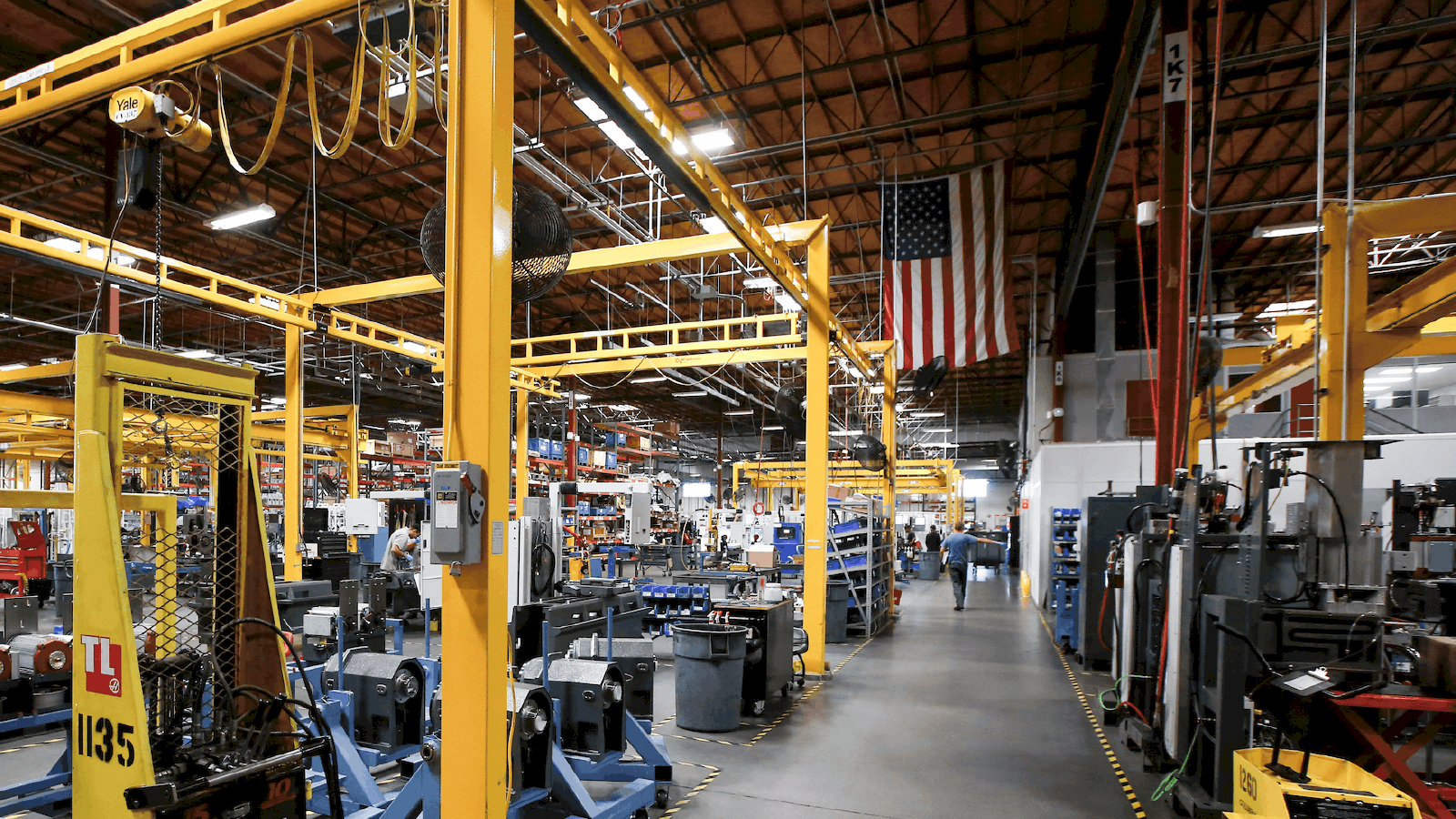What’s in Biden’s Executive Order on Competition?

The Biden administration released an executive order last week that is intended to enhance competition. While agencies will still have to draft regulations in response to the EO, this plan could have a big and potentially negative impact on manufacturers in several sectors. Here’s what manufacturers need to know, according to the NAM’s policy experts.
Antitrust provisions: The EO directs the Federal Trade Commission and Department of Justice to reexamine previously completed mergers and review the guidelines for both horizontal and vertical mergers.
- Why it matters: Business combinations help manufacturers streamline operations and boost efficiency. This directive could hinder pro-competitive mergers and ultimately harm consumers, says NAM Vice President of Tax and Domestic Economic Policy Chris Netram. The NAM has previously weighed in with the FTC on its vertical merger guidelines and its premerger notification rules, highlighting the importance of predictability in the merger approval process.
Other key points of interest: the EO also tells the agencies to crack down on noncompete agreements that keep workers from changing jobs easily, as well as on employers’ collaborations to reduce wages and benefits.
“Right to repair”: Another key target of the EO was the so-called “right to repair”—the ability of third parties to repair sophisticated equipment, like tractors, without involving the manufacturer.
- Why it matters: The NAM has long argued that such repairs pose a danger to consumers and expose companies’ intellectual property to theft by competitors, Netram points out.
Health Care: The EO also covers certain practices in the health care and pharmaceutical industries. Manufacturers should be aware of the following moves:
- Within 45 days, the Department of Health and Human Services is instructed to come up with a plan to address high drug prices. HHS is also directed to work on the importation of drugs from Canada.
- Meanwhile, the FTC is tasked with banning “pay for delay” agreements—when industry players agree to delay the market entry of generics or biosimilars.
- Why it matters: These moves could endanger America’s global leadership in the development of lifesaving treatments, argues NAM Vice President of Infrastructure, Innovation and Human Resources Policy Robyn Boerstling, by reducing the returns on and protections for innovation. This could potentially lead to fewer treatments being developed overall.
Technology: The EO addresses technology policy in a number of ways, most prominently urging the reinstatement of “net neutrality” rules imposed by the Obama administration.
- Why it matters: The NAM urged the repeal of those rules back in 2017. As Boerstling puts it, “net neutrality” treats the new and dynamic technology of broadband as if it were indistinguishable from the telephone, and treats competition in communications technology as if it hadn’t changed since the mid-20th century.
Other key points: The EO also instructs the Federal Communications Commission to hold spectrum auctions that disallow excessive concentration, and to create new reporting requirements for broadband providers’ prices and subscription rates.
Transportation: Lastly, the EO addresses certain practices by railroads, airlines and other sectors in transportation. For example:
- It urges the Surface Transportation Board to require railroad track owners to let competitors and passenger trains have right of way.
- It asks the Federal Maritime Commission to target certain shipping practices—mainly relating to fees charged while goods wait in containers to be unloaded, or while the company has yet to return an emptied container.
The NAM says: NAM President and CEO Jay Timmons released a statement last week, saying, “Our sector is strong and growing, and our people are benefiting. Unfortunately, there are those who want to erode our competitive advantage with archaic tax policies. And some of the actions announced today are solutions in search of a problem; they threaten to undo our progress by undermining free markets and are premised on the false notion that our workers are not positioned for success.”
Read the NAM policy team’s full overview of the EO here.
